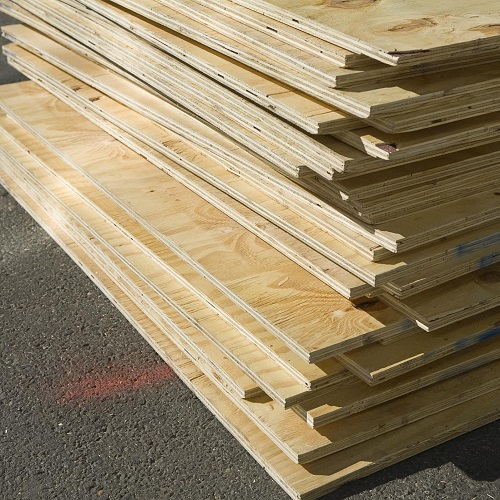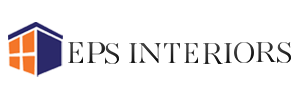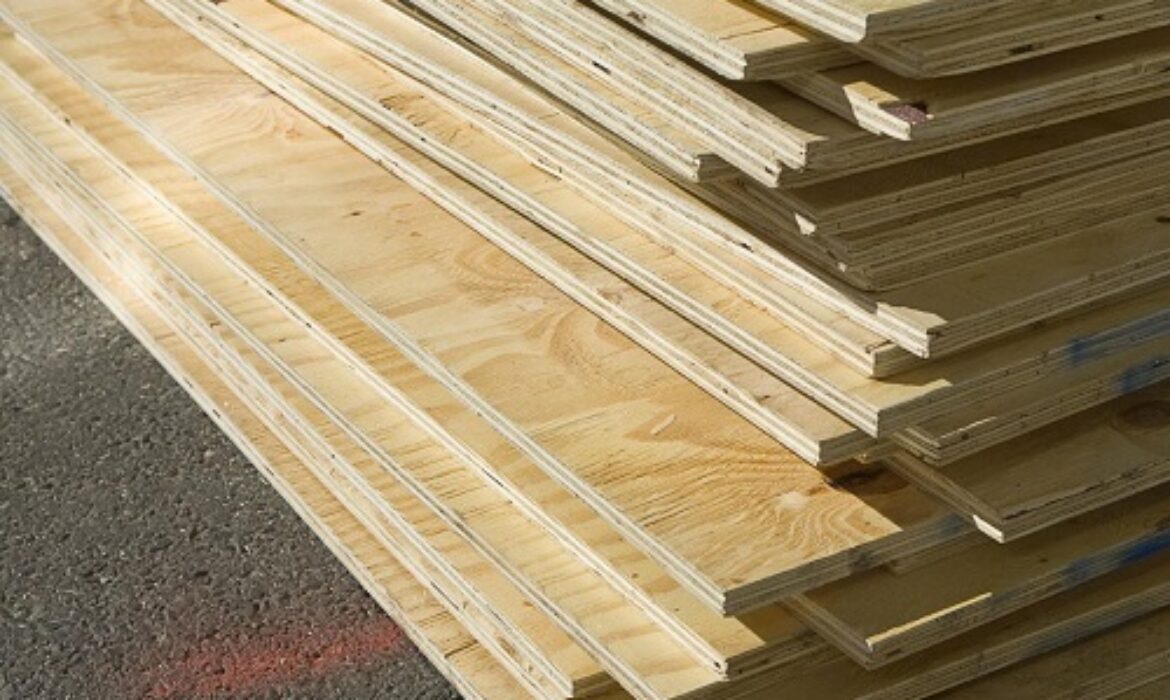Introduction:
In our earlier blog we explained about the other types of Plywoods, if you want to gain knowledge pls visit the link.
Plywoods are the most valuable and important factor for interior designing. We should create the structures with highly durable and strong plywoods for at least 15 to 20 years.

EPS Interiors in Chennai, mainly focus on plywoods which are fire retardant and 100% Borer & Termite proof. So interior designing is not all about architects design and creative structures. It’s about plywood and laminates. Though the design is important, we must select durable plywoods and laminates.
So let’s go deeper into the C Type Board Plywoods.
- Composite Woods
- Block Board
- Foam Board
- Fiber Board
- Hard Board
- Particle Board
- Moisture resistant particle board
Composite Woods:
Composite woods are considered as a traditional plywood, composite type always use woodlayers inside and the outer layer is covered with fiber board.
Usually the composite wood outer layers are very smooth and to maintain high durability they use strong wood layers.
We can use composite woods for furniture, wardrobe, vanity counters and modular kitchen cabinets.
Block Board:
Block boards are majorly used in construction projects. The Board has three layers, instead of wood grains block boards core is filled with real wood and then glued with outer layers.
Usually the outer layer has thin wood for the protection of the inner layer.
Block boards are considerably very strong and we can use block boards for heavy duty products like Furniture, Cabinets, Tables and modular kitchens.
Blockboard thickness can be in various ranges. As per I.S Code 1659, the board thickness is 12mm, 15mm, 19mm, 25mm, 30mm, 35mm, and 40mm.
Foamboard:
We can see the popularity of foam boards in the last decade. Foam Boards are real examples of technology advancement. The boards have a thicker layer and are filled with polyurethane foam which consist of fiberglass.
Don’t misjudge the strength of foam board with name foam. This form has extra strength holding technology and protects the plywood against mildew and rotting.
When you compare foam boards with real plywood, the foam boards are lighter. But they show the same strength and durability.
Fiberboard:
Based on the preference and need customers buy fiberboards. Fiberboards are not like plywoods, their density is medium. There are no outer layers in fiber boards.
They are manufactured with wood fibers. Usually wood fibers are compressed and formed as a fiber board.
Fiber boards have a fantastic finish, where we cannot find a single fault like spilled wood grains and knots.
Fiberboard is considered as softwood where the cost is very cheap when you compare it with softwood, plywood and hardwood.
Hardboards:
Hardboards are similar to fiberboards but the process and functionality are very different. Usually hardboards are manufactured with wood pieces, which are compressed hardly maximum to the core. Which helps the board not to bend or looses the wooden pieces.
The durability of the hardboards are high. Interior designers like to use hardboards for overtop, sometimes for false ceiling frames for our furniture.
The wear and tear of hardboards are very limited. So we have installed hardboards for laminate flooring as well.
Particle Boards:
If you are looking for long term durable boards, we personally don’t recommend particle boards. Usually particle boards are way cheaper than plywoods, soft boards, and hardboards.
But the durability is slightly questionable. They are not strong because they don’t have any layer construction. They just glue the wood grains and compress heavily.
Particle boards are not fit for strong and hard work. They can easily break and split into half. So people usually don’t use particle boards for heavy works like furniture, cabinets or kitchen tops.
We must take extra care of particles, if we fail to do that it becomes swelling. And particle boards must stay away from moisture and fire. They can damage the space easily.
Since the cost is very cheap, we can use particle boards in inefficient places.
Moisture – Resistant Particle Board:
This is another type of Particle board but has high resistance for moisture. The manufacturing process is similar to particle boards. But they add additional resin for particle board resistance.
The Differentiation between Normal Particle Board and Moisture Resistant particle board is just a thin resin. You can easily find it out.
We have learnt about the types of plywoods and materials used in those plywoods in previous and current blogs.
Now I will share some of the wood grades innovated in the last 4 decades.
- There are four types of Plywood grades available in the market
– Plywood Grade “A”
– Plywood Grade “B”
– Plywood Grade “C”
– Plywood Grade “D”
The quality comparison is very simple, A is high quality and D is the least quality plywood.
Materials used in Plywoods:
Manufacturers usually make all types of plywoods, hardwood and softwoods. Some of the materials are Wood Grains, Foams, Wood Pieces etc.,

